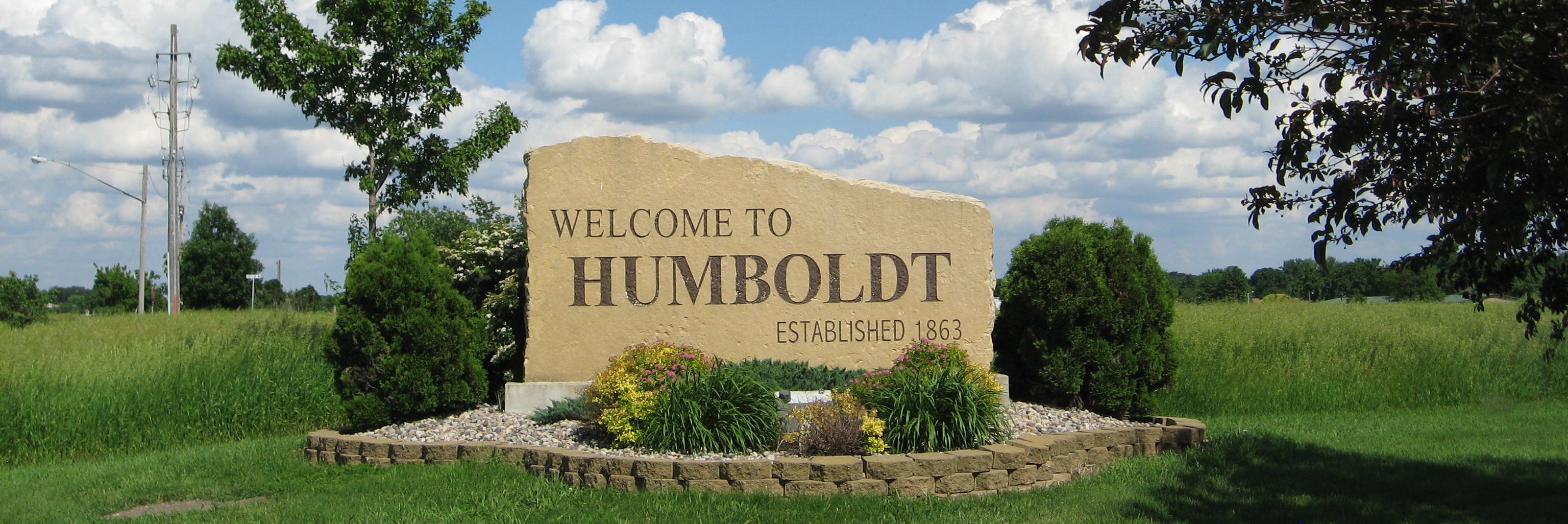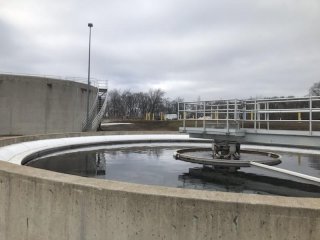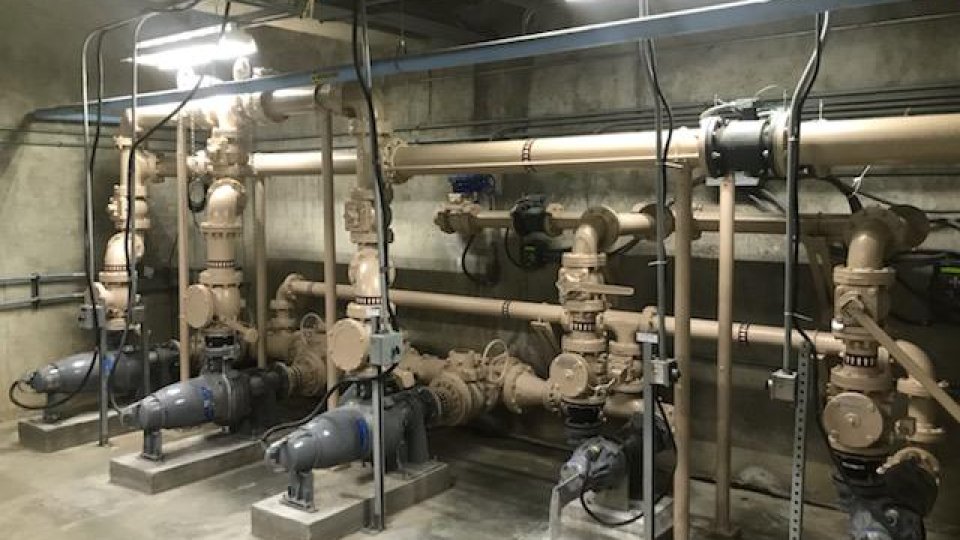Story: Humboldt, IA

Preserving Water Quality in America's Heartland

Home to hundreds of farms, Humboldt, Iowa is using Bipartisan Infrastructure Law funding to protect local waterways from agricultural runoff.
Located amidst more than 500 farms in Humboldt County, Iowa, is the Town of Humboldt. Given income limitations, this community of nearly 5,000 people qualified for Bipartisan Infrastructure Law funding to help upgrade the town’s wastewater treatment system and protect their community and nearby waterways from agricultural runoff and nutrient pollution.
Farmers across America’s heartland work tirelessly to produce the food we eat. As part of this process, farmers apply nutrients on their fields in the form of chemical fertilizers and animal manure, which provide crops with the nitrogen and phosphorus necessary to grow and produce the food we eat. However, when nitrogen and phosphorus are not fully utilized by the growing plants, they can be washed from farm fields and into waterways during rain events and when snow melts. This can create harmful conditions and algal blooms that starve fish and plants of oxygen, degrade overall environmental health and limit or altogether eliminate recreational activities.

In fact, more than 100,000 miles of rivers and streams, close to 2.5 million acres of lakes, reservoirs and ponds, and more than 800 square miles of bays and estuaries in the United States have poor water quality because of nitrogen and phosphorous pollution. Humboldt’s wastewater treatment plant discharges treated wastewater into the West Branch of the Des Moines River, a central waterbody throughout the state and part of the Mississippi River Watershed.
In Humboldt, the Bipartisan Infrastructure Law is investing more than $1.7 million to upgrade the towns wastewater treatment system and facilitate the biological removal of nitrogen and phosphorous. More than half of this investment, $1 million, is available to Humboldt through forgivable loans. This funding structure will help reduce the overall cost-burden on the rural, farming community while also improving water quality and ecological health for the community, downstream communities and the watershed at large.
For many agricultural communities with limited economic opportunities, upgrading wastewater infrastructure to remove nutrient pollution can add financial stress to the existing environmental pressures. President Biden’s Bipartisan Infrastructure Law is investing a historic $50 billion in the nation’s water, wastewater and stormwater infrastructure, and was designed with communities like Humboldt in mind. Nearly half of this unprecedented funding is exclusively available as low-cost or no-cost loans and grants for disadvantaged communities.




